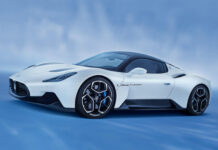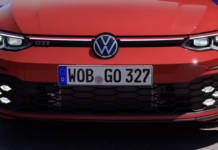
The Jeep Wrangler is one of the most iconic vehicles in automotive history. It’s legacy of affordable off-road capability is unlike any other vehicle on the market. The tough, go-anywhere, do-anything mantra is no joke. A stock Jeep Wrangler will happily attack trails, rocks, and mud along side the most rugged off-road machines. The ability to remove the roof panels is also an amazing feature as it creates a convertible-like experience in an SUV.
Now all new vehicles today are extremely safe when compared to vehicles sold just 20 years ago. Jeep has never been the forefront of safety as there owners tend to value safety less than a traditional car buyer. Yet, all new Jeeps do meet the government’s standard for crash safety regulation. However, the IIHS (Insurance Institute for Highway Safety), undergoes far more strict standards of crash testing. There is one test that is particularly challenging to all vehicles. The test is called the “front small overlap crash” test. This test is to simulate what happens when a fast moving car drifts from their lane and either strikes another car head on, or a tree/pole. This test is particularly challenging as the entire weight and energy of the crash must be absorbed by the front corner of the vehicle. Structurally, the Wrangler holds up well but take a look what happens next.



